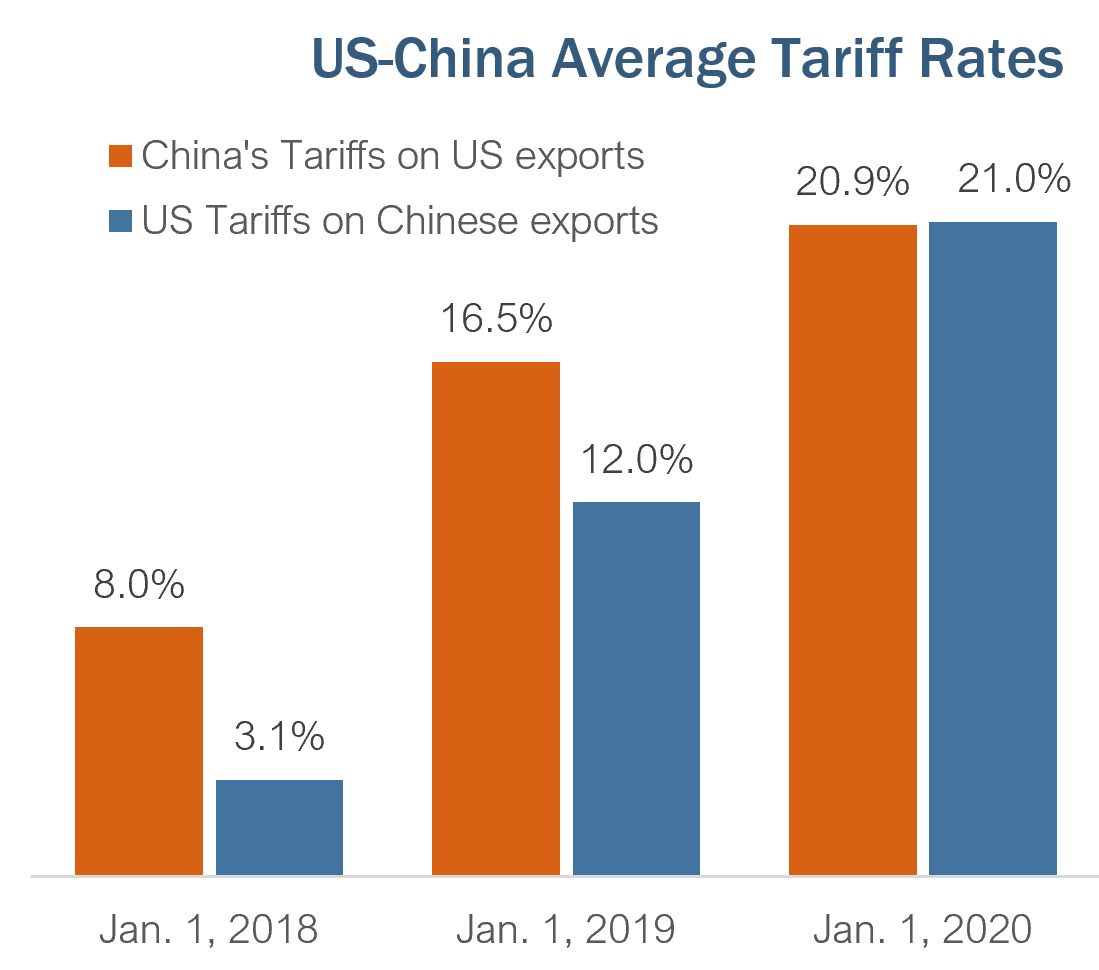
Taipei [Taiwan], July 18 (ANI): TaiwanIts economy is predicted to increase by 3.05 percent in 2025, backed by robustexportpositive momentum during the first half of the year, which is anticipated to slow down in the second half, as reported by the Chung-Hua Institution for Economic ResearchCIER), reported Focus Taiwan.
According to the report, CIER projected GDPgrowth is expected to slow to approximately 1.08 percent in the second half of 2025, compared to an estimated 5.17 percent rise in the first half.
The anticipated slowdownis linked to the lasting effects of Trump-era tariff policies and a high base effect from early 2025.
As per the news website,CIERstated that the first-half growth surpassed forecasts because international buyers increased their orders to evade US tariffs.
TaiwanThe technology industry also saw advantages from robust demand, especially fueled by AI-related developments.exports, the platform reported.
The Trump administration first introduced significant tariffs on April 2, featuring a 32 percent tax onTaiwanThese goods, prior to being suspended for 90 days beginning April 9, were intended to aid in trade negotiations.
CIER estimated Taiwan's exportgrowth is expected to slow down to 6.71 percent in the third quarter and drop further to 2.55 percent in the fourth quarter, marking a significant decrease from 20.29 percent in the first quarter and 27.12 percent in the second quarter.
For the entire year of 2025,Taiwan's exportThe organization stated that exports are projected to rise by 13.74 percent, while imports are anticipated to go up by 15.28 percent.
CIERPresident Lien Hsien-ming pointed out that although there are tariff obstacles,TaiwanIts power in artificial intelligence development is expected to maintain growth momentum through the second half of the year.
Lien also warned that the Trump administration could levy duties ranging from 15 to 20 percent onTaiwanThese goods due to strong business connections. He cautioned that increased tariffs could lead to higher inflation in the U.S. by increasing the cost of imports.
Private investment growth is projected to slow down each quarter during 2025, decreasing from 20.77 percent in the first quarter to 3.96 percent in the second, 2.31 percent in the third, and 1.69 percent in the final quarter.
CIERprojects private investments to increase by 7.03 percent this year, with fixed capital formation expected to rise by 6.60 percent to support the overall growthGDP growth.
Private spending is expected to rise by 1.57 percent in 2025, influenced by a strong base from the prior year.
While a stronger TaiwanThe dollar is anticipated to ease import price pressures, while recent natural disasters have increased food costs, and labor shortages have led to higher expenses in the service industry.
CIER expects TaiwanThe consumer price index is expected to increase by 1.89 percent in 2025, staying under the central bank's 2 percent warning level.
As the American currency declines in value,CIER forecasts the TaiwanThe dollar is expected to average NT$30.32 against the U.S. dollar in 2025, rising by 5.92 percent from 2024.
Looking ahead, CIER projects TaiwanThe economy is expected to expand by 2.48 percent in 2026, as per the projections mentioned in the report by Focus.Taiwan. (ANI)





 "Each investment is a risk," and Chinese factories are experiencing "significant losses" by manufacturing in Southeast Asian countries subjected to Trump's tariffs, as reported by industry experts.
"Each investment is a risk," and Chinese factories are experiencing "significant losses" by manufacturing in Southeast Asian countries subjected to Trump's tariffs, as reported by industry experts. Artificial intelligence is set to become "a key driver for China's modernization," according to Huachuang Securities, aligning with the positive perspective of Morgan Stanley, UBS, and other institutions.
Artificial intelligence is set to become "a key driver for China's modernization," according to Huachuang Securities, aligning with the positive perspective of Morgan Stanley, UBS, and other institutions.


